Features of Galvanized Wire
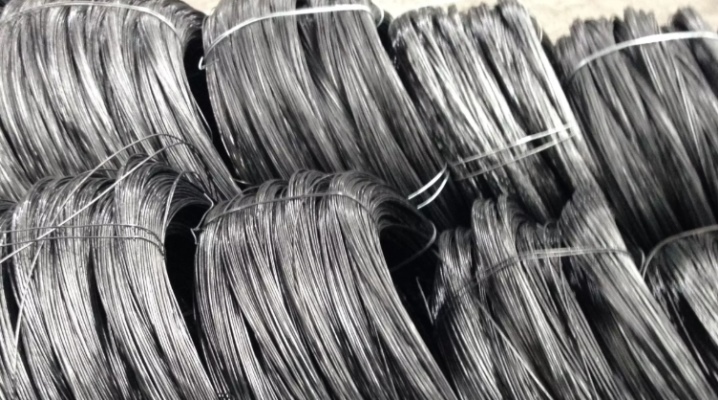
Modern manufacturers offer consumers many different types of wire. Such a variety is by no means accidental - each variety has its own specific properties, which make it indispensable for solving certain problems. Galvanized wire is one of the most widely demanded types of such products, therefore it is worth paying special attention to.
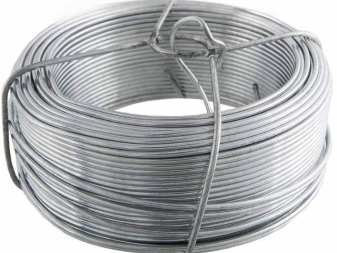

General characteristics and purpose
Galvanized wire is usually a steel strand with a zinc outer coating. The regulation of such products is due to GOST 3282, which, however, applies to low carbon steel wire in general. Galvanized wire can have a different cross-section - most often there is a version with a round cross-section, but you can also find an oval or square hexagonal one. A rare variety is considered to be products with a trapezoidal section.
The diameter of the wire differs depending on the purpose for which it is produced, for this reason, the weight of 1 meter of the product can vary significantly. Galvanized wire rope can be used for various industrial needs.
Its largest consumers are factories engaged in the manufacture of other metal products from such semi-finished products - for example, telegraph and other wires.

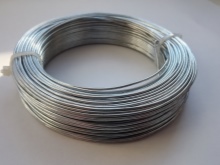

Roofing wire is used for the production of reinforcing frames, on top of which tiles and other materials are laid, and the trellis variety of products is indispensable in agriculture for mounting supports for climbing plants. In each case, products with certain characteristics are best suited, therefore, the wire should be selected for a specific task, and there is no universal “best” option. Globally, almost anything can be made from this material - individual manufacturers produce nails, strings for musical instruments, bucket handles, and so on from it.
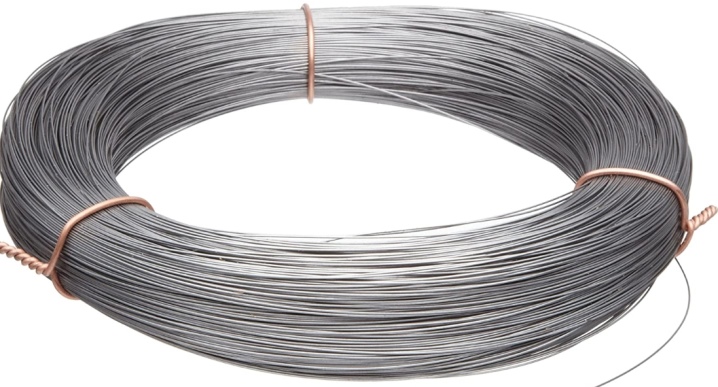
Advantages and disadvantages
The galvanized product is not the only existing wire option, and the consumer must be sure that he needs just such a product, and not any other. As in all such cases, having a choice among several positions means that even the widespread galvanized wire has both advantages and weaknesses.

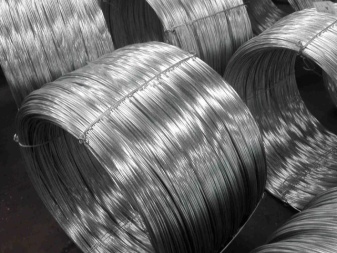
It is worth knowing about both before making a purchase, and let's start with the analysis of the positive qualities of such products.
- The cable is better protected and lasts longer. Zinc protection allows you to protect the core from contact with moisture and temperature extremes, it allows you to use the wire even where any other analog would quickly become unusable. On average, its service life is estimated to be three times longer than that of conventional products without a zinc layer.
- The galvanized product looks more beautiful than ordinary steel... Thanks to this, such a wire began to be used even for decorative purposes, whereas earlier the wire frame was basically hidden.
- Heat-treated wire is suitable for the production of nails, which is not the case with wires without zinc coating. Not all thickness standards are suitable for the manufacture of nails, but from those that are suitable, the products are excellent.
- Correctly selected galvanized wire thickness can also be used for grounding. Such an element is often used to reinforce wiring, and it itself can be used as wiring.
- A zinc-coated steel cord is perfect for making various small household items on your own. Bucket handles, clothes hangers, keyring rings - all of these small everyday items will be more durable because the zinc protects the base material from the external environment.
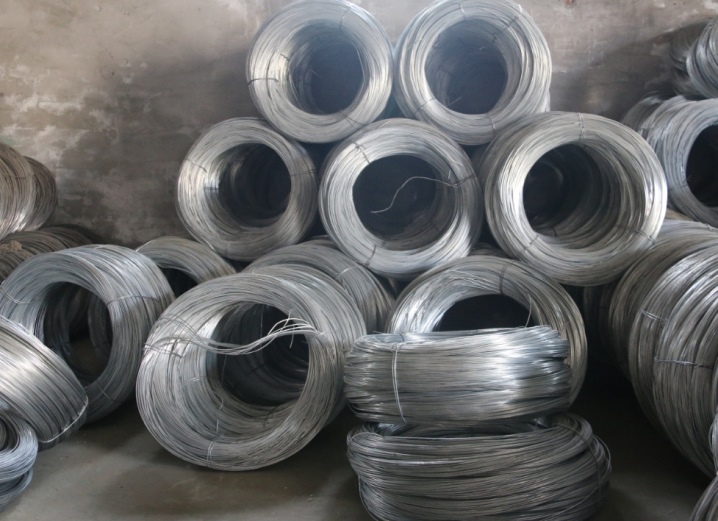
There are practically no disadvantages of galvanized wire - even in terms of cost, it cannot be called much more expensive because it was galvanized. Another thing is that the quality of the product strongly depends on the manufacturer, or rather, on what steel he chose for the production of the core. The less carbon is in the raw material, the better reliability it will show.
Experts advise choosing a wire based on the Q195 steel grade among Chinese samples, Russian products are of good quality if the STO grade is used.
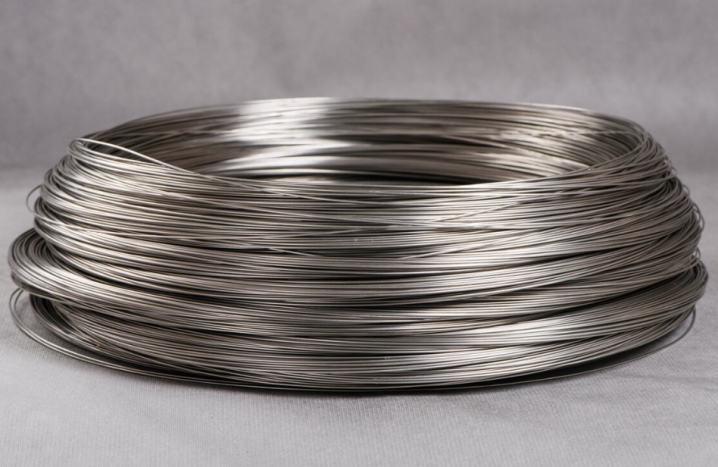
Production
Globally galvanized wire can have as its core not only steel, but also aluminum, copper or even titanium strings. We consider steel in this article with the maximum increase simply because it is relatively inexpensive, and at the same time, it is able to satisfy the needs of most consumers. Specific galvanized wire based on strings from other metals is mainly produced to order for industrial enterprises. If many companies are engaged in galvanizing steel cord, then zinc plating of copper, titanium and aluminum is offered much less frequently.
It is important to note that zinc coating, like no other, provides the metal core with the longest possible service life and impressive strength. Neither external painting nor a protective polymer layer on top of the metal can provide the same effect as galvanized.
By our time, mankind has learned to galvanize metal cable using several different technologies, each of which has its own advantages and disadvantages.
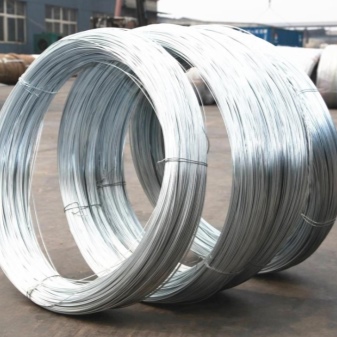
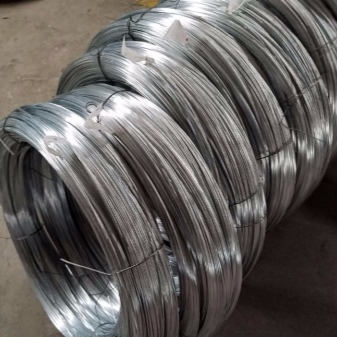
Today, most often resorted to galvanized strings or hot galvanized. Alternatively, cold, thermal gas or thermal diffusion methods of applying a zinc layer can be used. Rarer methods of galvanizing may be in demand if the wire is needed to solve specific problems; there are usually no products made by such methods in the public domain.
In the modern world, the production of galvanized wire is established in all more or less large countries of the world. Is such a hot commodity that it would be foolish to depend on supplies from abroad. Choosing a wire for your own needs, you should focus not so much on the country of manufacture, but on the specific characteristics of a particular sample of goods, comparing them with the properties that are needed to solve your problem.
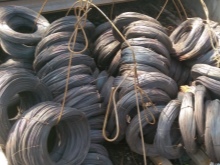
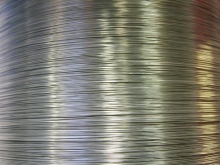

Overview of species by galvanizing method
Soft steel wire is coated with a thin layer of zinc to improve its operational properties, but there are two most common ways to do this. Some masters say that the buyer does not need to know exactly how the galvanizing was done, especially since the manufacturers themselves usually do not indicate this. Nevertheless, the second of the methods, hot, implies higher production costs, and therefore the cost of the final product will be slightly higher.
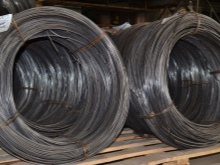
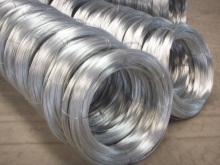
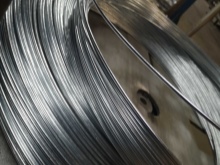
Electroplating
Galvanization of the wire to cover it with a zinc layer is carried out in a special bath. The steel cord is immersed in a thick solution of zinc-based salts, however, the process will not go naturally - human intervention is necessary. For this, an electric current is passed through the container.In this case, a special electrode serves as the anode, and the wire itself is the cathode.
Under the influence of electricity, the salts decompose, the liberated zinc is deposited on the steel cord. After completion of the procedure, when the zinc layer becomes sufficient to adequately protect the core, the current is turned off and the finished galvanized wire is removed. The great advantage of this method is that, under the influence of electricity, steel and zinc are, as it were, soldered together at the molecular level. In this case, delamination of the outer zinc layer is simply impossible, since at the lower levels it is literally integrated into the thickness of the steel.
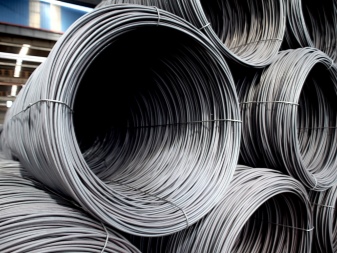
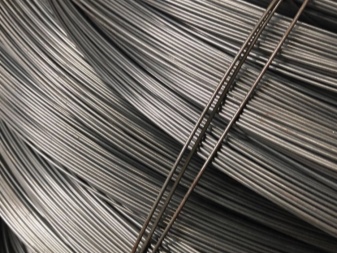
Hot
With hot-dip galvanizing, the procedure looks somewhat different - the steel core is also immersed in a liquid, but now it is no longer a solution of salts, but a molten mass, which includes zinc and some other chemical elements. This method is somewhat more expensive for the manufacturer than galvanizing, but is considered potentially more reliable, because zinc covers the steel more densely, with a slightly thicker layer. In this case, the coating does not always lay down evenly along the entire length of the cord.
Another thing is that the described production method requires careful adherence to the technology, since a violation of the temperature regime can significantly reduce the strength indicators of the finished wire rod.
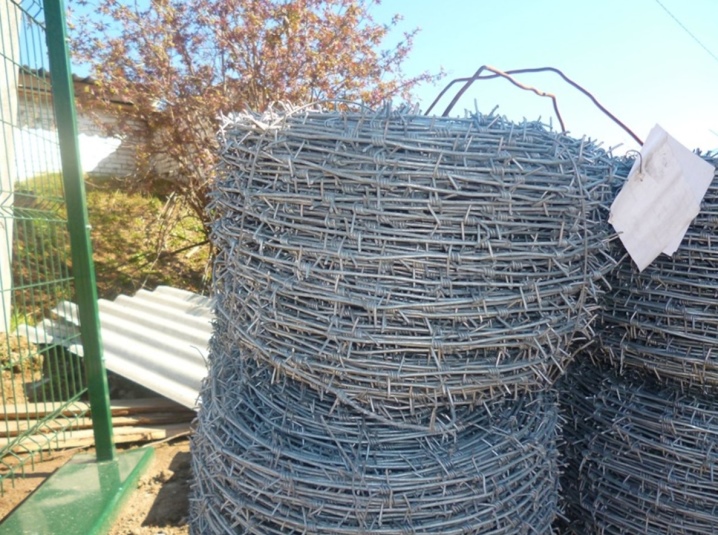
You can check how conscientiously the manufacturer treated the task right in the store when choosing products. To do this, try bending and unbending a piece of wire, pay attention to the resulting bend.
A quality product should not show any signs of kink, but a low-quality cable, manufactured in violation of technology, will demonstrate a willingness to break soon.
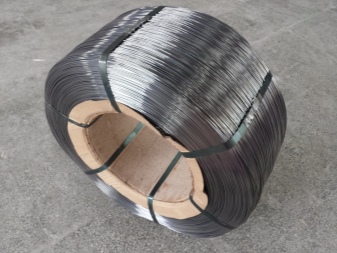
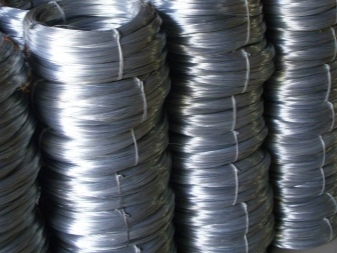
Diameters
As mentioned above, this parameter directly affects potential applications. Without prior experience with such wire products, the buyer may make a mistake when choosing the material, so let's briefly go over all the most common thickness standards.
- 2 mm... In most cases, thinner galvanized wire is simply not made, and due to its modest diameter, it is distinguished by increased softness. The latter factor allows you to knit such a cable with your bare hands, but in electrical engineering it is practically useless. There is also a 2.2 mm standard - it is slightly stronger, but the difference is almost imperceptible when working with it.
- 3 mm. In general, this is the same previous version, allowing easy manual handling due to the comparative softness of the cable. At the same time, it is taken by those who need a certain margin of durability and strength.
- 4 mm. This diameter is considered to be average in all parameters. You can still knit it with your own hands, but the rigidity is already felt. Due to the increased safety margin, products of this type are suitable for electrical work - for example, grounding can already be made from this wire. In addition, galvanized wire rod of this thickness is often used in products such as homemade bucket handles. There is also a slightly thicker version of 5 mm, but it is very rare and not very convenient to use.
- 6 mm... This standard is relatively rare, and the reason for this is quite obvious - it is used mainly to create reinforcing meshes before installing the finish. There are practically no other use cases.
- 8 mm... In most cases, this is the thickest variety of such a product - 10 mm, if found somewhere, then only to order. In terms of strength, it is an unambiguous leader, the material is suitable for reinforcing the future flooded floor or brickwork. At the same time, he does not really have any other options for using it, which means that you need to purchase it only when you understand why.
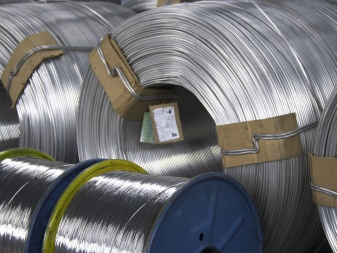
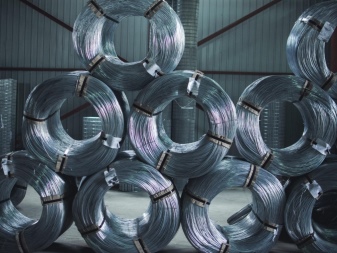
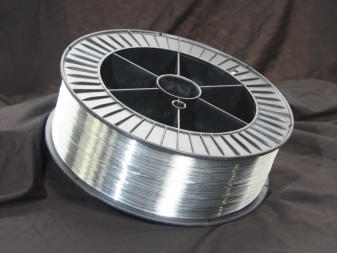
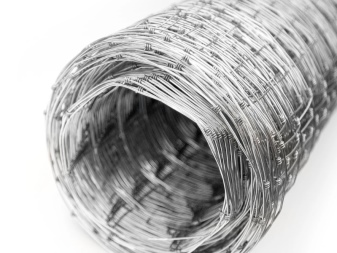
The following video shows the production of galvanized wire.













The comment was sent successfully.